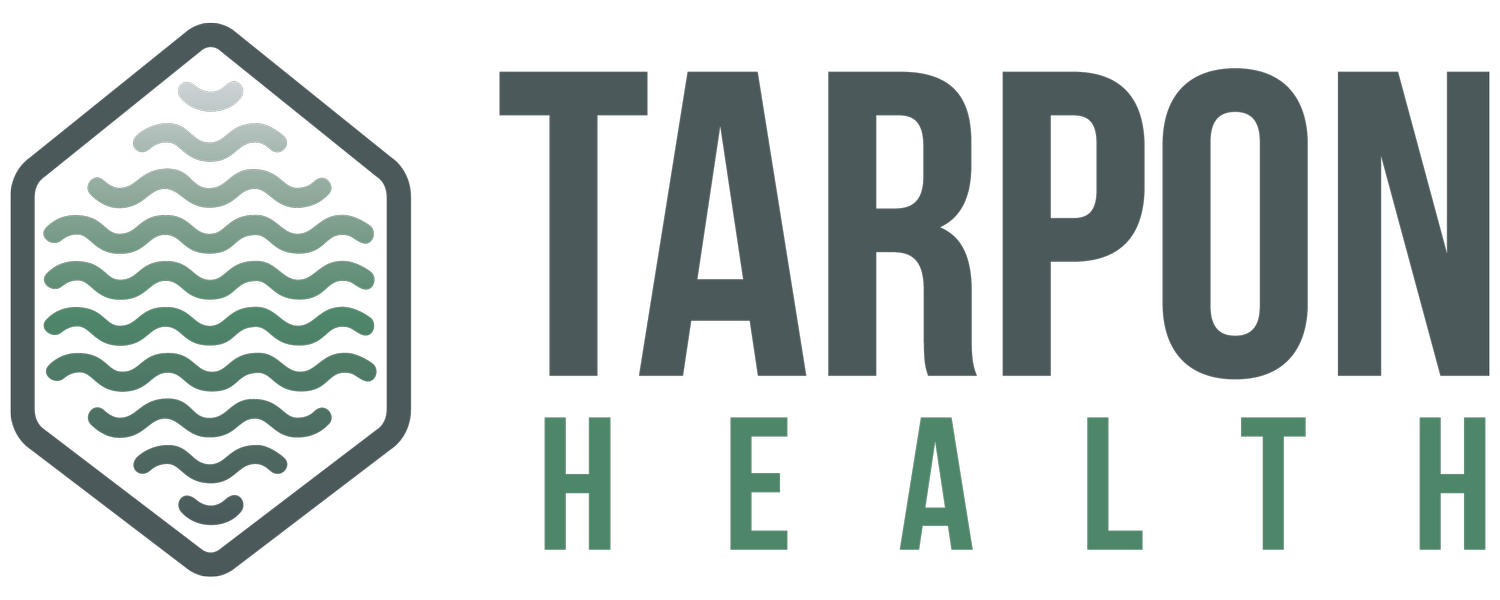What Is Revenue Cycle Automation?
Introduction
The hospital revenue cycle is a complex and vital component of healthcare administration, and it faces significant challenges and problems that can impact an institution's financial stability and operational efficiency. For example, revenue cycle management requires a considerable administrative workforce to handle tasks like financial clearance, billing, claims processing, and patient collections. Many of these tasks are repetitive, tedious, and resource-intensive, leading to high administrative costs that eat into revenues.
This is where revenue cycle automation can help.
By automating these time-consuming, daily tasks, you can create more streamlined revenue cycle processes that offer many advantages. Let's explore further.
Understanding RCM Automation
Understanding revenue cycle automation, often referred to as RCM automation, begins with grasping the fundamentals of how robotic process automation (RPA) can benefit you.
Robotic process automation (RPA) has emerged as a transformative tool across various industries. It enables the simplification and even full automation of routine, often repetitive tasks. In the realm of healthcare revenue cycle management, this innovation can bring about fundamental changes in how operations are conducted.
Consider a routine task you or your team perform repeatedly each month, like verifying authorizations or checking claim statuses. RPA can automate a substantial portion of these tasks by emulating your actions and decisions. When you reflect on the multitude of responsibilities your revenue cycle team handles, it becomes clear that a digital revolution is underway.
Understanding RCM automation is vital because of its immense benefits. Without it, your organization risks falling behind in a rapidly evolving landscape. We've witnessed the repercussions of failing to grasp new innovations and trends; it can impact your financial health and operational efficiency negatively.
Recognizing the importance of embracing this new technology is essential.
The Importance of Revenue Cycle Automation in Healthcare
Automation serves as a powerful ally in tackling the significant challenges within revenue cycle management. Let’s take a look at two major challenges and how automation can help.
1. Claim processing:
The efficient processing of claims is a linchpin in maintaining a healthy cash flow and minimizing accounts receivable. Delays or errors in the stages of claims submission and processing can severely impact an organization's financial well-being.
For instance, automation can proactively identify upcoming patient visits where insurance coverage indicates a coordination of benefits (COB) issue. By notifying the patient ahead of the service, this task is resolved before billing even begins. The result is a dual advantage: it saves precious time for your team and ensures that claims are processed accurately on the first attempt.
2. Prior authorization:
Prior authorization and pre-certification requirements are essential but can sometimes lead to delays in patient care and revenue collection. Effective management of these processes is critical to ensure timely approvals and avoid service interruptions.
Automation eliminates the need for manually collecting authorization statuses from insurance web portals, particularly for high-volume services like imaging. With this process automated, your financial clearance team can redirect their attention to high-dollar procedures and same-day services that often necessitate direct communication with the insurance provider. Automation streamlines these operations, enhancing efficiency and allowing your team to focus on challenges directly affecting revenue collection.
The benefits of automation significantly outweigh the costs, especially when the right processes are identified and optimized. As we move forward, we will explore additional areas where automation has demonstrated its transformative impact on the revenue cycle.
Areas of RCM Automation
Front-end:
In the initial stages of the revenue cycle, tasks such as scheduling, insurance verification, eligibility and benefits checking, and pre-authorization are essential for every service. Automation plays a crucial role in freeing up your team from handling these repetitive and often low-complexity tasks. By doing so, it empowers your team to shift their focus toward more critical and high-priority matters, thereby enhancing efficiency and the patient experience.
Middle:
The middle segment of the revenue cycle involves pivotal tasks like charge capture, charge reconciliation, and coding. These steps are vital for the creation of accurate claims. Automation serves as a valuable supplement to your existing workforce and technologies, ensuring that your organization is reimbursed correctly and efficiently. By automating these tasks, you not only improve accuracy but also accelerate the claims generation process.
Back-end:
The revenue cycle's back end involves time-consuming functions like claim submission, payment collection, denial management, payment posting, and credit management. Automating these tasks speeds up processes, boosting cash flow and revenue while freeing your team to concentrate on strategic goals.
Benefits of Implementing Revenue Cycle Automation
The benefits of embracing revenue cycle automation are substantial and readily apparent when you delve into the specifics. Below, we've detailed these benefits to offer a comprehensive view of the transformative potential:
Increased efficiency: Streamlined workflows free your team from administrative burdens, allowing a focus on high-value activities. Boost productivity, enabling more tasks with fewer resources.
Reduced errors: Automation ensures consistent precision, reducing the risk of human errors in tasks like data entry, bolstering reliability, and preventing costly mistakes.
Faster payments: By automating critical revenue cycle tasks you expedite revenue collection. This means faster payments, improved cash flow, and enhanced financial performance. It's a win-win for both your organization and the patients you serve.
Cost savings: Beyond enhanced efficiency, automation can directly address labor, vendor, and other operational expenses.
Simplified compliance: Automating compliance checks minimizes the risk of regulatory penalties, ensuring adherence to standards, and safeguarding your organization's financial and reputational well-being.
These benefits are not isolated gains; they work systematically streamlining operations and fortifying your organization's financial health.
RCM Automation Challenges and How to Overcome Them
Every endeavor presents its own set of challenges, and RCM automation is no different. Below, we'll discuss two of the most common challenges:
Upfront Cost:
The initial cost of implementing RCM automation may be more affordable than you realize. In fact, numerous healthcare organizations are increasingly developing their own in-house capabilities, thereby avoiding the high price tags associated with third-party vendors. Moreover, many automation solutions yield an immediate return on investment.
For a better understanding of building in-house capabilities, consult an RCM automation expert such as the one found here.
Lack of Resources:
Another obstacle you may encounter in automating your RCM processes is a shortage of expertise. Automation platforms have considerably reduced the learning curve by offering low-code solutions. Nevertheless, creating and implementing custom automations remains a relatively new skill set for many organizations.
This can pose a significant challenge for many, but it can be effectively addressed by seeking professional resources and joining a community of like-minded individuals facing similar needs. One exemplary service that caters to these requirements is Tarpon Health’s RCM automation community. Tarpon Health stands out as the sole community dedicated to enhancing internal automation capabilities through the provision of roadmaps, resources, and valuable peer collaboration. They specialize in RCM automation and assist revenue cycle managers in developing automation programs.
Conclusion
Leveraging automation to enhance the revenue cycle is a logical choice. Yet, determining which processes to automate and executing this in a manner that maximizes return on investment can be challenging. That's why it's crucial to access the most reliable information and engage with the right professionals to position yourself and your organization for success.

